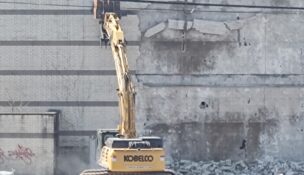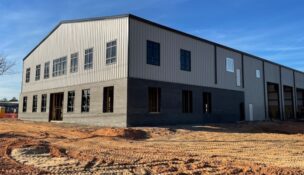S.C. bucks trend of falling construction employment
Staff Report //October 1, 2020//
Construction employment dropped in 67% of 358 metro areas nationwide from August 2019 to August 2020, though South Carolina and Columbia saw modest growth, according to a new analysis of government data released by the Associated General Contractors of America.
While 19 metros saw all-time lows for construction employment, Columbia saw an increase of 200 jobs in the construction, mining and logging industries, according to the analysis (.pdf). That 1% gain contributed to a statewide increase of 500 construction jobs.
Other S.C. metro areas either lost jobs or saw no change for the 12-month period. Charleston-North Charleston lost 500 jobs for a 2% decrease and Greenville-Anderson-Mauldin lost 300 jobs (minus-2%), while Myrtle Beach-Conway-North Myrtle Beach and Spartanburg held steady.
“Although residential construction is picking up in many areas, public and nonresidential construction are shrinking,” Ken Simonson, AGC chief economist, said in a news release. “Project cancellations are spreading, and fewer new projects are starting up. That combination makes further employment declines inevitable unless the federal government steps up support for infrastructure.”
Based on data going back to 1990 for most areas, 33 metros saw record high employment in August 2020, paced by Indianapolis-Carmel-Anderson, Ind.’s 9% increase of 4,800 jobs. Baltimore-Columbia-Towson, Md., added 4,300 jobs, a 5% increase.
Houston-The Woodlands-Sugar Land, Texas, lost a nation-leading 22,800 jobs (minus-10%) over 12 months, while New York City lost 21,700 jobs (minus-13%).
AGC officials called on Congress to enact new coronavirus relief, including liability protects for firms taking steps to protect workers. They also urged lawmakers to boost infrastructure investment and pass measures to preserve payrolls.
“The coronavirus and efforts to mitigate its spread have left our economy deeply wounded, depressing demand for many types of commercial construction projects,” AGC CEO Stephen E. Sandherr said. “Congress can end the downward economic slide and help create needed new construction jobs by passing measures to boost demand and protect honest employers.”
An AGC analysis also found that construction spending, buoyed by gains in residential construction, increased 1.4% in August from July. August’s $1.41 trillion, seasonally adjusted total included a 3.7% jump in residential spending, though private and public nonresidential spending inched down by a combined 0.1%.
Private nonresidential construction, down 0.3% from July to August, saw declines in nine out of 11 categories. The two largest segments, power and commercial, each decreased by 1.1%, while manufacturing construction rose 2.2% and office construction dipped by 0.3%.
While public construction edged up by 0.1%, eight of 13 categories declined.
“One of the biggest challenges facing the construction industry is the lack of demand for many new types of commercial and local infrastructure projects, especially after the current crop of projects is completed,” Sandherr said.
i















